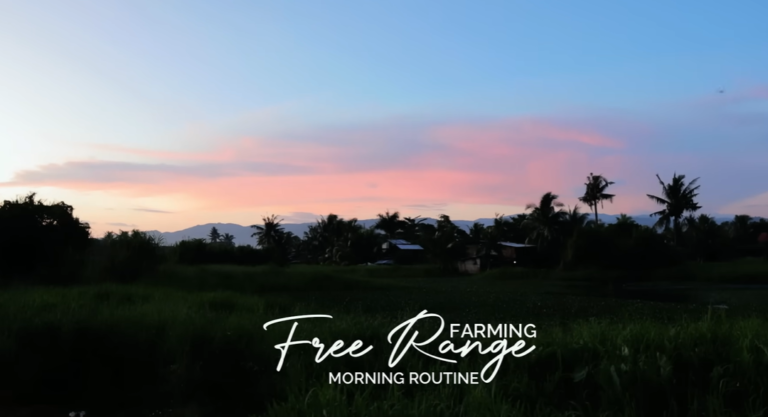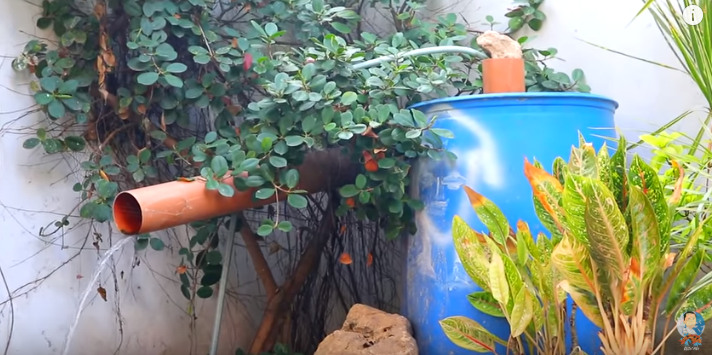The Art of Native Chicken Farming: A Guide by Dexter’s World
Welcome back to Dexter’s World, where we explore the beauty and challenges of sustainable farming with a focus on native chickens. Today, I’m excited to share with you the ins and outs of breeding and caring for these resilient birds, which have become a cornerstone of our farm’s success. Let’s dive into the world of native chickens and uncover the secrets to their thriving presence on our farm.

The Hardy Choice: Native Chickens
Native chickens are the backbone of our poultry endeavors for several reasons. Their resilience to diseases and ability to thrive in various conditions make them an ideal choice for farmers seeking sustainability and robustness in their flock. Not only do they possess a good temperament, but they also offer substantial meat production. Among the breeds we cherish, the Shamo chickens stand out for their size and strength, promising a bountiful return in both meat and eggs.

Introducing New Chickens: The Dexter Way
Bringing new chickens into the farm requires careful consideration to maintain the health and harmony of the existing flock. The first step is ensuring the newcomers are mite-free, which involves a thorough bath with a specialized parasite shampoo. This process is crucial for preventing the spread of parasites and diseases that can compromise the welfare of the entire flock.

The Path to Growth: Deworming and Quarantine
After the initial bath, the next critical steps are deworming and quarantine. Deworming ensures the chickens are free from internal parasites that could hinder their growth and health. A quarantine period, typically around three days, is essential to observe the new chickens for any signs of illness before they join the main flock. This practice safeguards the health of our farm’s population and promotes a smooth integration process.
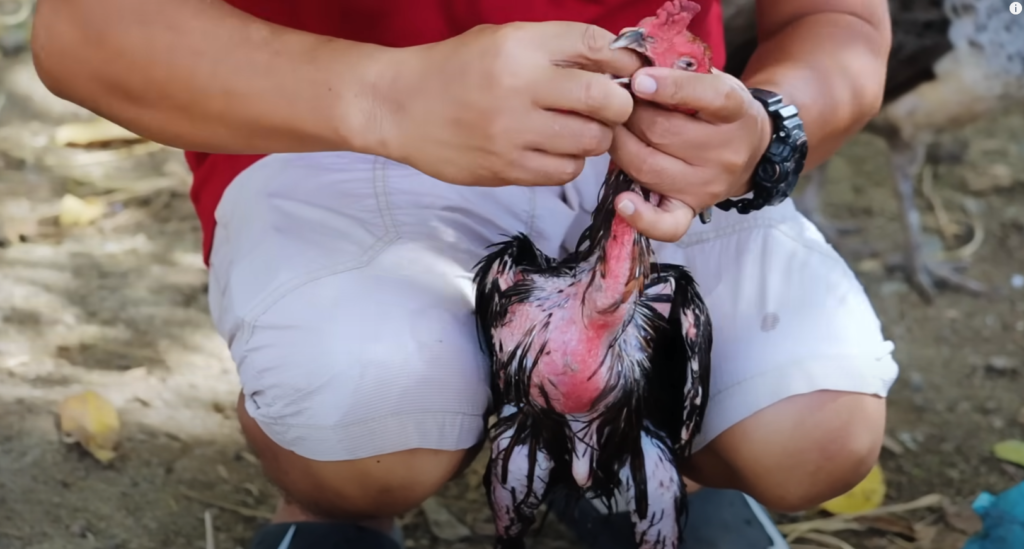
Fostering a Productive Environment
Success in native chicken farming also hinges on creating an environment that encourages laying and safe incubation. Our farm features elevated nest boxes to protect the chickens from the elements and predators. We’ve noticed that providing a conducive laying environment, along with attentive care and feeding, leads to an increase in egg production. Witnessing a first-time layer is always a moment of pride and joy, signifying the effectiveness of our approach.
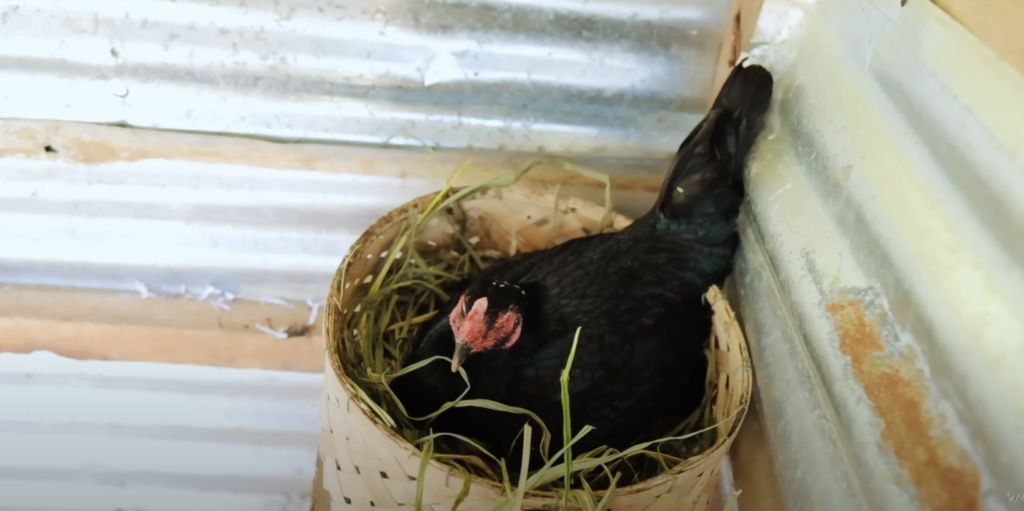
Dexter’s Swirl Chicken: A Breed of Our Own
At Dexter’s World, we’ve ventured into developing our own breed, dubbed the “Dexter Swirl Chicken.” This breed is a mix of Shamo chickens and our local native variety, designed to excel in our specific farm environment. The revival of our chicken farm, especially after relocating due to the government’s acquisition of our old farm for public use, has been a journey of resilience and innovation, much like the characteristics of our beloved chickens.
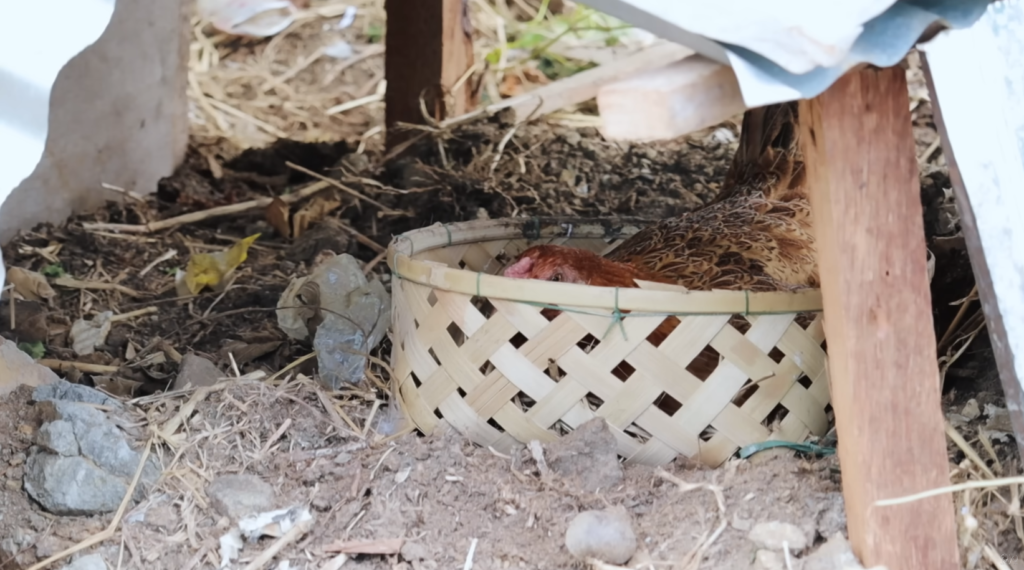
Supporting Their Instincts
One of the fascinating aspects of working with native chickens is observing and supporting their natural behaviors. Whether it’s providing makeshift nest boxes for those who prefer privacy or ensuring each hen finds her comfortable spot for laying, catering to their instincts is key. This personalized approach has taught us invaluable lessons about patience, understanding, and the unique needs of each bird.

Towards a Sustainable Future
As we continue to develop our farm and share our experiences with you, our goal remains to inspire and educate on the sustainable practices that drive our success. Native chicken farming, with its challenges and rewards, is a testament to our commitment to harmony with nature, animal welfare, and the pursuit of self-sufficiency.
We hope this guide offers you valuable insights into the world of native chicken farming and perhaps inspires you to embark on your own sustainable farming journey. Thank you for joining us at Dexter’s World, where every day is an opportunity to learn, grow, and connect with the earth and its creatures. Stay tuned for more adventures and remember to subscribe to our channel for the latest updates on our farming journey.


